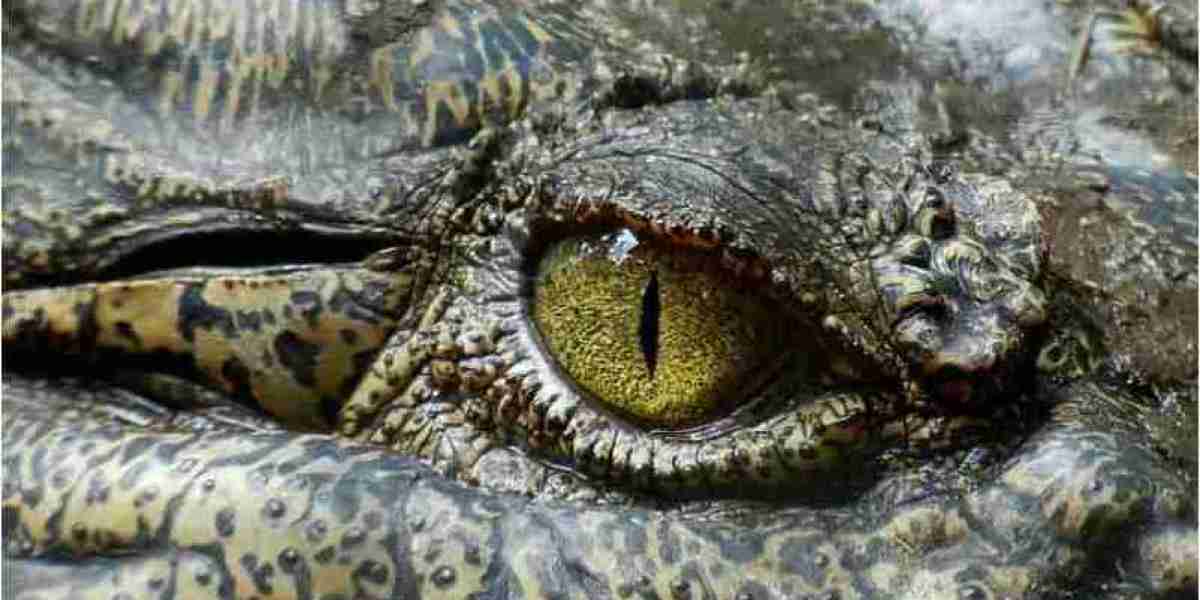The natural world is teeming with incredible diversity, but amidst the beauty and wonder lie creatures with the power to harm or kill. These dangerous animals possess unique adaptations, potent toxins, and remarkable strength that make them formidable threats. In this blog, we will explore the top 20 most dangerous animals on the planet, from the depths of the oceans to the densest jungles.
1. Box Jellyfish
Known as one of the most venomous creatures in the ocean, the box jellyfish’s tentacles are covered with toxins that can cause cardiac arrest, paralysis, and death within minutes.
2. Mosquito
Responsible for more human deaths than any other creature, mosquitoes are vectors for deadly diseases like malaria, dengue fever, Zika virus, and West Nile virus.
3. Saltwater Crocodile
The largest living reptile, the saltwater crocodile is highly aggressive and capable of killing animals as large as water buffalo, as well as humans.
4. African Elephant
While generally peaceful, African elephants can become extremely aggressive and are responsible for several human fatalities each year due to their sheer size and strength.
5. Poison Dart Frog
These small, vividly colored frogs secrete toxins through their skin that can cause heart failure and death. Their poison has been used by indigenous people to tip their blowgun darts.
6. Cape Buffalo
Known as "Black Death," the Cape buffalo is highly unpredictable and can charge at speeds of up to 35 mph, often attacking without provocation.
7. Tsetse Fly
Found in sub-Saharan Africa, the tsetse fly transmits trypanosomiasis, or sleeping sickness, which can be fatal if not treated.
8. Cone Snail
These seemingly harmless marine snails have a harpoon-like tooth capable of delivering a potent venom that can paralyze and kill humans.
9. Golden Poison Dart Frog
With enough toxin to kill 10 adult humans, the golden poison dart frog's skin is one of the most poisonous substances known.
10. Inland Taipan
Also known as the "fierce snake," the inland taipan possesses the most toxic venom of any snake, capable of killing an adult human within 45 minutes.
11. Blue-Ringed Octopus
Despite its small size, this octopus carries enough venom to kill 26 adult humans within minutes, with no known antivenom.
12. Hippopotamus
Despite their seemingly docile appearance, hippos are highly aggressive and territorial, causing more human fatalities in Africa than any other large animal.
13. Pufferfish
Many pufferfish contain tetrodotoxin, a substance 1,200 times more toxic than cyanide, with no known antidote.
14. Deathstalker Scorpion
This scorpion's venom is a powerful mix of neurotoxins that can cause intense pain, paralysis, and death, particularly in vulnerable individuals.
15. Komodo Dragon
The Komodo dragon’s bite is not only venomous but also infested with harmful bacteria, leading to severe infections and death if untreated.
16. Stonefish
Camouflaged perfectly among rocks, the stonefish’s spines can inject venom that causes excruciating pain, paralysis, and sometimes death.
17. Brazilian Wandering Spider
Known for its highly aggressive nature, this spider’s venom can cause severe pain, paralysis, and death in extreme cases.
18. African Lion
While generally avoiding humans, lions can become man-eaters under certain circumstances, using their incredible strength and hunting prowess.
19. Rhinoceros
Highly unpredictable and capable of charging at 30 mph, rhinoceroses can cause significant damage with their sharp horns.
20. Great White Shark
As one of the ocean’s top predators, great white sharks are responsible for the highest number of unprovoked shark attacks on humans.
Conclusion
The natural world is a place of awe-inspiring beauty, but it also harbors creatures of immense danger. Understanding these animals and respecting their power is crucial for safely coexisting with them. While many of these animals are not inherently aggressive towards humans, encounters can be deadly. Whether you’re exploring the depths of the ocean or the wilds of Africa, always remain aware and respectful of these magnificent yet perilous creatures.









